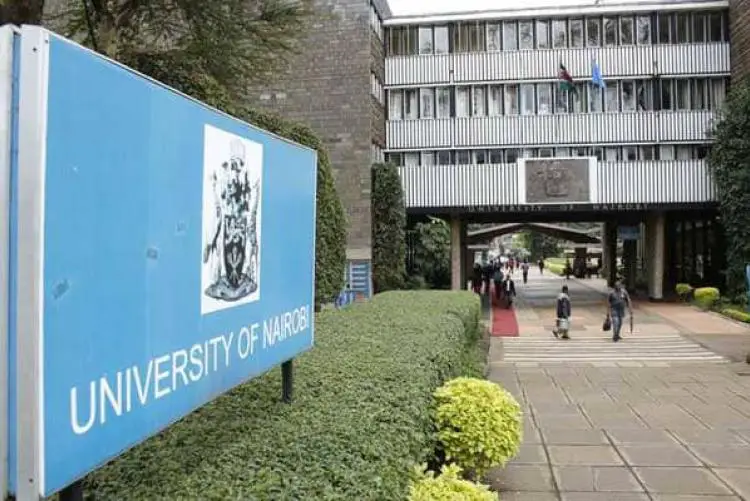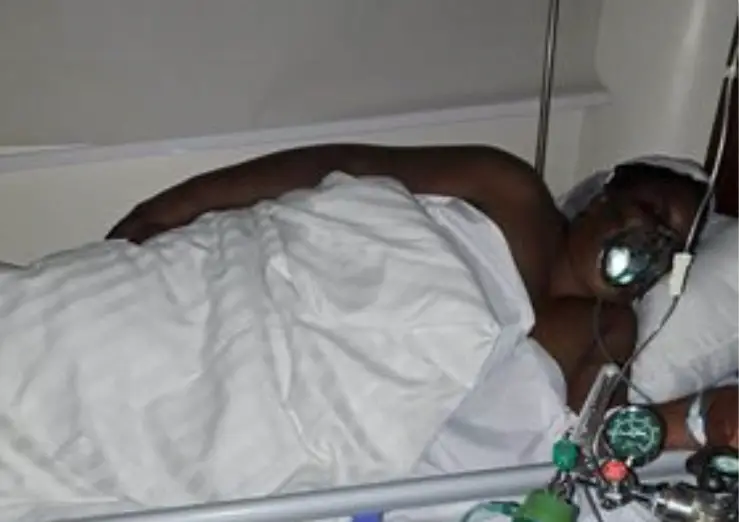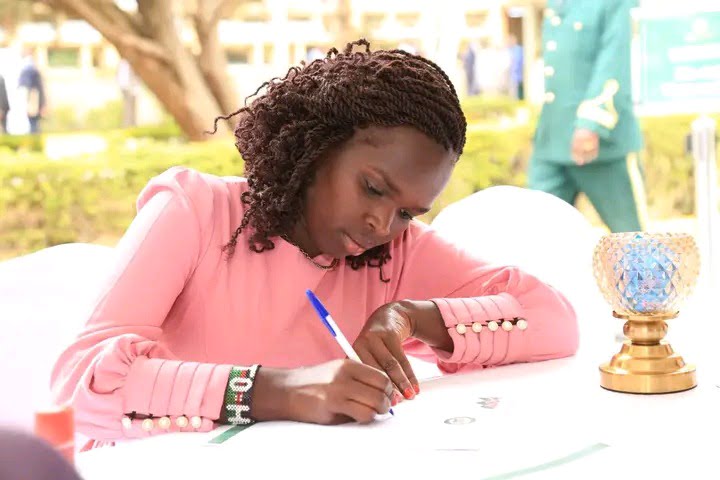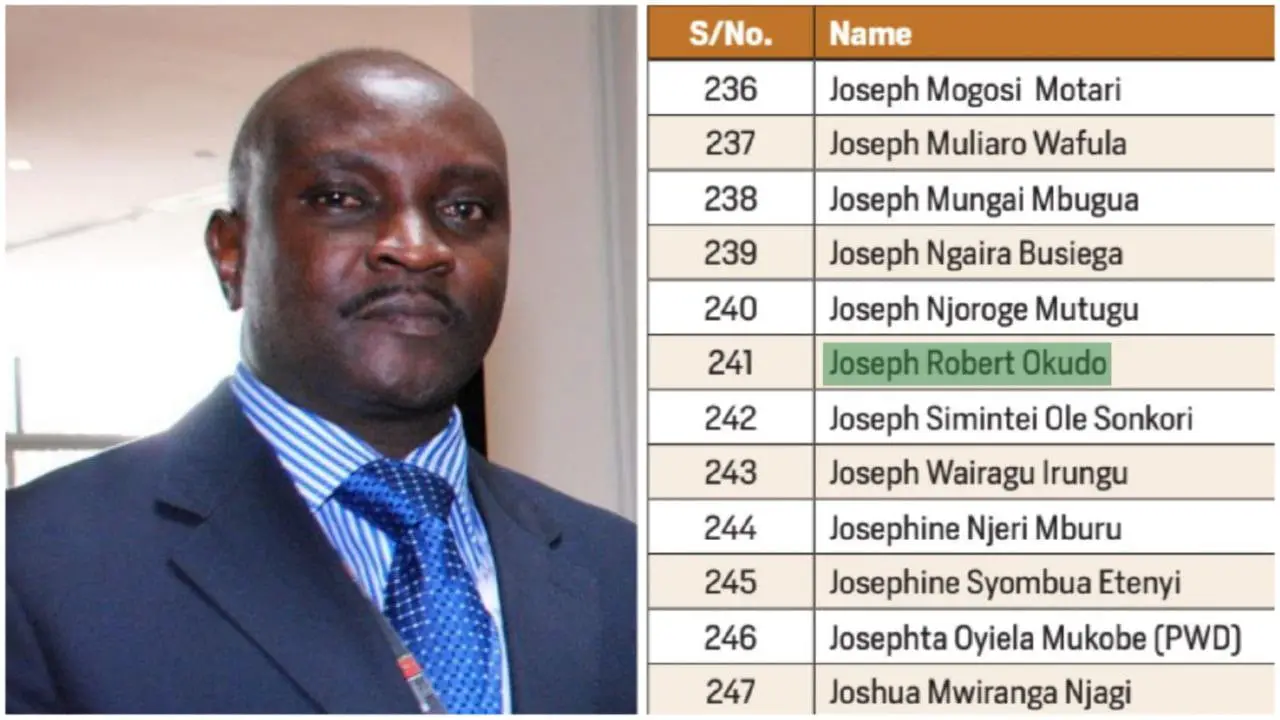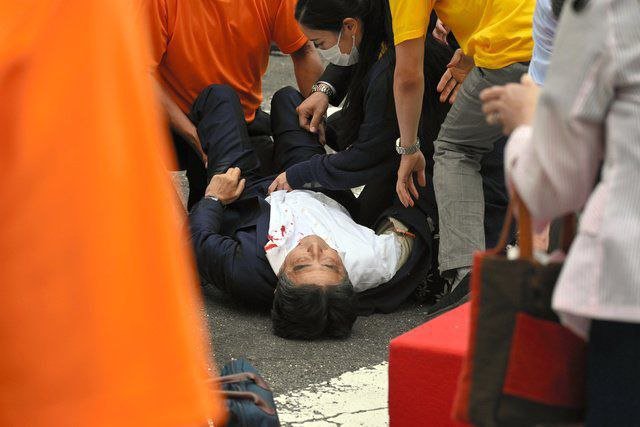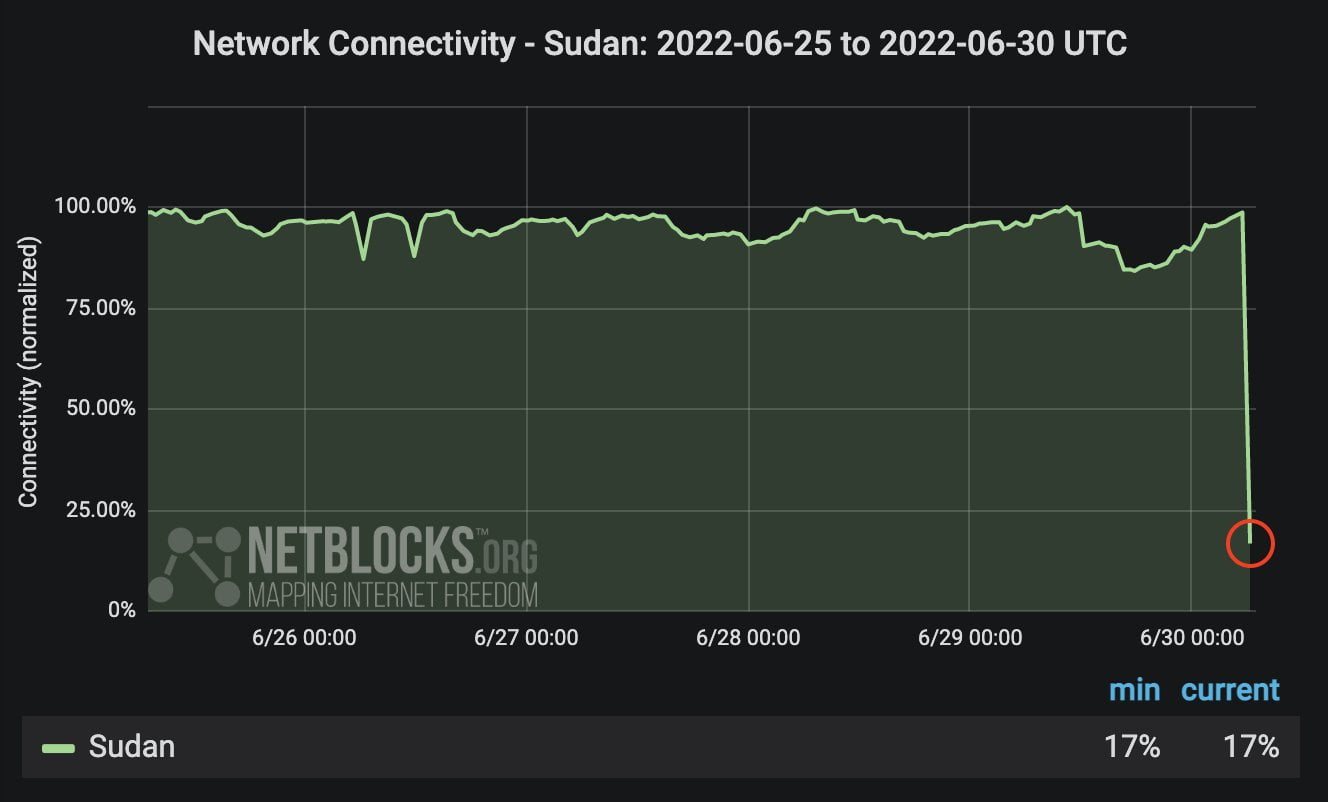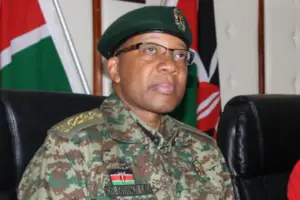A knife from TV anchor Jacque Maribe’s kitchen was last night undergoing scientific testing to establish if it is the weapon in the September 19 killing of Monica Kimani, according to Daily Nation sources.
Material from the crime scene was also undergoing DNA testing to conclusively establish persons who may have been in the bathroom where Ms Kimani was found with her mouth taped, hands tied at the back, legs bound and her throat slit.
Detectives were also “exploiting” electronic devices of Ms Kimani, suspect Joseph Irungu, popularly known as Jowie, Ms Maribe, and a neighbour, Mr Bryan Kassaine Spira.
This involves recovering text messages and location data, among others.
The bank accounts of all four are also under investigation, the Nation learnt. The source said the knife from Ms Maribe’s house was an ordinary kitchen type, but sharp.
Police are beginning to get a clearer profile of the killer from the way he operated and have now concluded that he is “highly trained”, and killed Ms Kimani with the “precision of a highly trained assassin”.
There was no sign of struggle in the apartment and Ms Kimani made no noise when her attacker struck.
The case of Mr Dominic Bisela, a security guard with Lavington Security and a resident of Kibera, has also convinced detectives that Ms Kimani was the victim of cold-blooded, premeditated murder.
Mr Bisela, detectives have discovered, was off duty on September 17, two days before Ms Kimani’s death.
A friend invited him to join him as a casual worker at a construction site in Royal Park estate in Lang’ata. Ms Maribe lives in house number 626 in the estate.
As is customary, construction workers surrender their identity cards at the gate to the site guard.
Mr Bisela did the same but in the evening, when he was clocking out, his ID had disappeared. He left his mobile phone number and asked the site management to call him if they found it.
Mr Bisela’s ID was used by a man to sign into Lamuria Gardens off Dennis Pritt, the apartment block where Ms Kimani lived, on the night she was killed.
The man who signed in was dressed in a long robe and a jacket, clothing which is consistent with those worn by Muslims, including those from South Sudan.
The man also wore a cap that covered his eyes. The man ordinarily never dressed like that and detectives believe he was in disguise, trying to pass himself off as Sudanese.
As a matter of fact, two people who were with Ms Kimani on that night, a man only identified as Owen and a Lebanese, told police that Ms Kimani remarked that she had never seen the visitor dressed like that.
As a result, police think that the man stole the ID and disguised himself as part of the plan to kill Ms Kimani and get away with it.
On Thursday, police confirmed that the weapon used by Mr Irungu in what police believe was attempted suicide was illegally held by his co-accused, Mr Kassaine, whose firearm licence was revoked three years ago.
Investigations have revealed that the certificate Mr Kassaine, 35, was using initially to justify his possession of the gun was confiscated in 2015 after the Central Firearms Bureau discovered that it was fraudulently issued to him.
His was among hundreds of civilian firearms recalled by the bureau, but Mr Kassaine failed to surrender the firearm and it is not yet clear why the police failed to discover that the businessman kept a gun illegally.
The recall was ordered by the then Chief Licensing Officer Samuel Kimaru after it emerged that a criminal syndicate operating with officers at the bureau had been supplying parallel licences by manipulating the security system and bypassing stringent rules at a fee of between Sh200,000 and Sh300,000.
Normally, a civilian who undergoes the legitimate process of firearm certificate acquisition is only charged Sh2,000. This, however, excludes the cost of buying the gun.
Anyone convicted of holding a gun illegally faces a jail term of between seven and 15 years.
Ballistic examinations on Mr Kassaine’s firearm, a Ceska Model CZP-07 with serial number B467102 and a recovered spent cartridge, have revealed that it is indeed the one that discharged the bullet that injured Mr Irungu.
“The legitimacy of the firearm was questionable from the day we discovered it hidden in the ceiling yet Mr Kassaine has a safe in his house,” an officer investigating the matter said.
The gun’s discovery came after a bullet was found under Ms Maribe’s bed.
Mr Irungu told police that he had been servicing the gun for Mr Kassaine, and on further interrogation he said that he took it from the owner on September 9.
Mr Irungu had run to Mr Kassaine’s house number 620 and told him that he had shot himself.
He then asked him to go and secure the gun at Ms Maribe’s house, where he found the firearm with 28 rounds of 9mm ammunition, one spent cartridge on the floor at the entrance to the walk-in closet adjacent to the bedroom.
Statements from the three — Maribe, Brian and Irungu — indicate that they, together with Brian’s wife Catherine Piyion, rushed the prime suspect to hospital but he was only dressed on the wound as the hospital demanded that he goes with a Police OB number.
The firearm certificate is usually an electronic card the size of an ATM card, and the owner is required to carry it when armed.
The booklet is required once a year during renewal of the licence.













